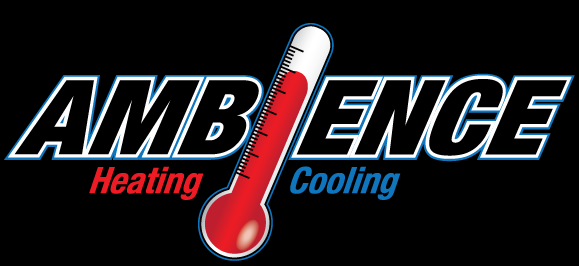When your furnace won’t start, the thought of DIY furnace repair in Wilmington, Delaware, can appear extremely overwhelming.
Thankfully, if you discover you need help from a heating and cooling pro in Wilmington, Delaware, Ambience HVAC, Inc. can handle all your furnace problems—so you don’t have to! We repair most types and brands of heating systems and also offer emergency furnace repair.
If it turns out that you need a new heating system instead of repair, Ambience HVAC, Inc. also offers top-quality furnace installation in Wilmington, Delaware.
While you’re chatting with us, think about a regular furnace maintenance plan that may support you with avoiding unnecessary repairs and give you peace of mind during the colder months. We can inform you on how often your furnace should have a tune-up from one of our certified pros.
How do you know if your home needs heating repair? Read the straightforward guide below.

8 Ways to Tell if Your Home Needs Furnace Repair

1. Some rooms in your home are stubbornly cold.
Your furnace should provide warmth to your entire home. If it doesn’t and some areas in your home stay too cold, contact one of our HVAC technicians for furnace maintenance or repair.
2. Your monthly energy bills spike.
If you don’t seem to be using your furnace more, but your home heating bills are increasing more than they should, it could be that your furnace is inefficient and is due for repair.


3. Unusual noises come from the furnace.
All home comfort systems make some noise, but if your furnace begins making odd noises—especially clanging—it’s a sign you should have it examined by an expert.
4. Your furnace constantly turns off and on.
Known as short cycling, a furnace that is continually starting and stopping instead of turning on and completing its cycle most likely demands repair from an expert HVAC technician like the team members at Ambience HVAC, Inc..


5. The heating system won’t power up.
If your furnace will not start, that’s without a doubt a sign you should get HVAC repair. If it turns out you need furnace replacement, our HVAC technicians in Wilmington can help you choose a new energy-efficient furnace that’s right for your home.
6. Water pooling around your heating system.
Any type of water pooling around your furnace is a sign there’s something wrong that needs prompt HVAC repair. We’ll provide a diagnosis and present your repair options, so you can select which works best for your home and budget.


7. Your heating system smells weird.
Furnaces shouldn’t stink. If there’s a persistent bad smell coming from your furnace, it’s a sign you should seek repair. If you think you smell gas or a sulfur smell, it could be a gas leak and calls for immediate action: evacuate your home right away and reach out to get help once you are safe.
8. Weak airflow from vents in your home.
From problems with your ventilation system to something wrong with the blower motor or a clogged furnace filter, insufficient or weak airflow from vents could be caused by a number of problems that may need HVAC repair, system maintenance or furnace installation.

We Can Help with HVAC Repair
Followed our troubleshooting guide but your furnace still won’t work?
Call us today at 302-239-HVAC (4822) or contact us online. We’ll come out and figure out the problem.
